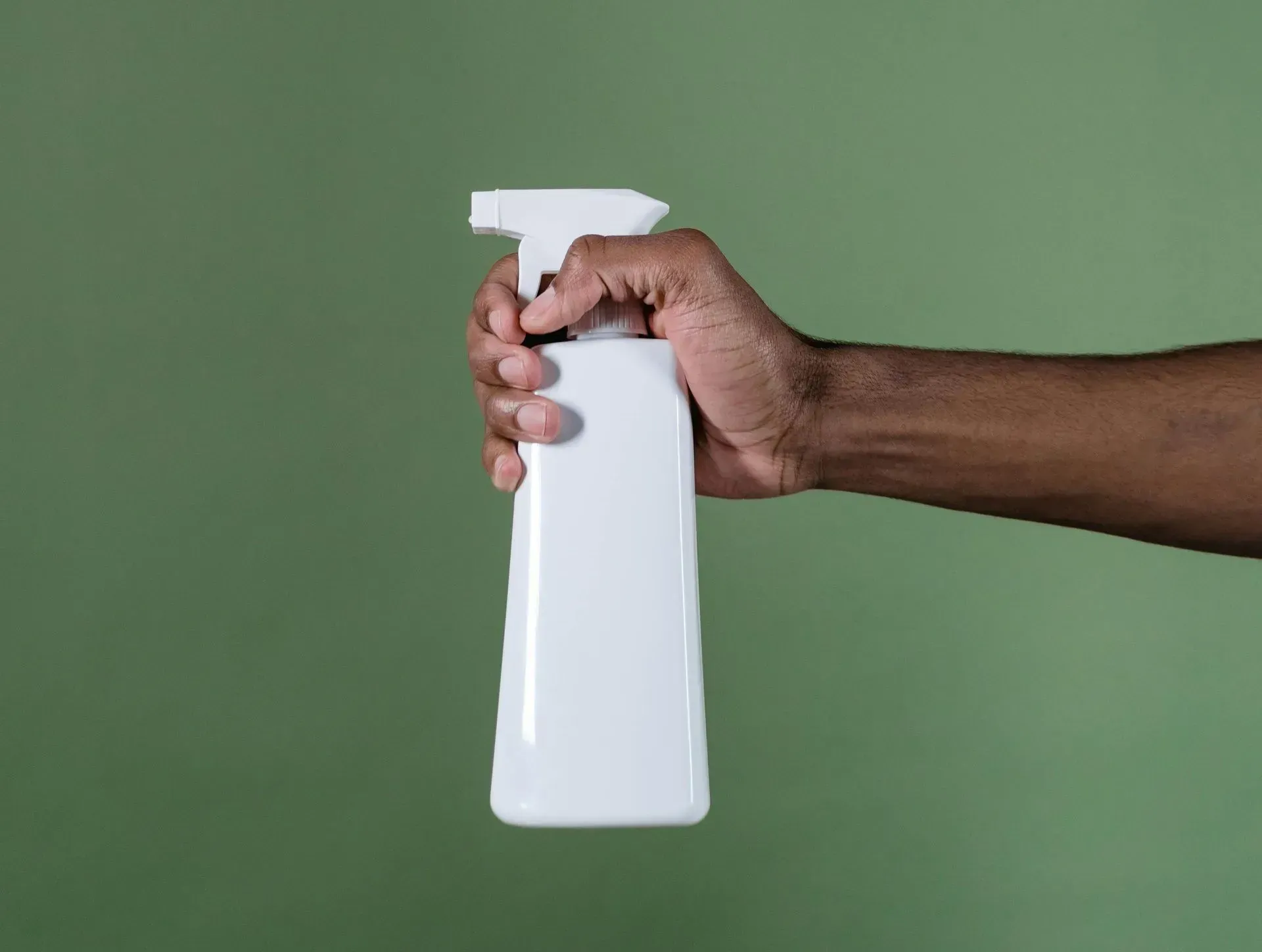Customer Retention is tricky to measure in Retail
Has a customer actually churned or are they just buying less?

We recently worked with a retail client that measured whether a customer had lapsed by using a fixed time period of 6 months without a purchase. On the surface it seems to make sense as 6 months was the average frequency of purchase.
However, after closer analysis we discovered that more than 50% of customers had a purchase frequency of 12 months and 20% had a purchase frequency of 3 months (their best customers). So, in effect they were counting half of their customers as having lapsed when in reality they were still customers. They were also sending lapse triggered communications to active customers. Also, their 6 month lapse trigger was too late for the 20% best customers who should have bought after 3 months. In fact, when we dug even further it was clear that purchase frequency levels are very granular. We created analysis that broke down purchase frequency by monthly intervals and developed retention triggers on this data.
The above is a good example of just how tricky it is to measure retention and develop churn activities for the retail sector. In reality, a customer will shop with many competing retailers. The idea that a customer has churned may in itself be a falsehood. We have found that in retail a customer will have a preferred number of retailers for any given task. For the sake of an example, let’s imagine a customer has 5 preferred retailers for clothes shopping. Rather than thinking a customer is either active or lapsed what is more likely is that a customer moves down the hierarchy of those 5 retailers – let’s say from second to fourth. So they are still an active customer but not as active as they once were. In essence rather being seen as lapsed they should be seen a having a lower share of wallet with you than some of your competitors.
The dropping down the hierarchy may manifest itself in a reduction of shopping frequency or a reduction in spend per visit or both. Predicting any downward movement in the customer’s hierarchy is not easy, especially for lower value customers where you may already be third or lower in the hierarchy. You may need to look for other signs beyond movements in transactional data such as changes in CRM Marketing activity engagement levels, website click behaviour or customer service interactions.
Having said all of this, some customers will churn. Customer retention activities through CRM Marketing and Loyalty Programmes are an essential part of the marketing toolbox. How you measure the effectiveness of your customer retention activity is another challenge. We often find retail clients measure their retention and loyalty activity by looking at how many sales or incremental revenue is generated. Clearly, all activity needs to prove its ROI but measure sales or incremental revenue alone will not tell you whether the activity has achieved its main goal – customer retention. So in addition you need to include specific retention measurements. For example, how many customers that you have classed as lapsed have become active again. And this takes us full circle to where we started, has a customer actually churned?
Further Reading
If you would like to know more about how to create more income from existing customers using a customer loyalty programme then read this article.
CRM MARKETING BLOGS










